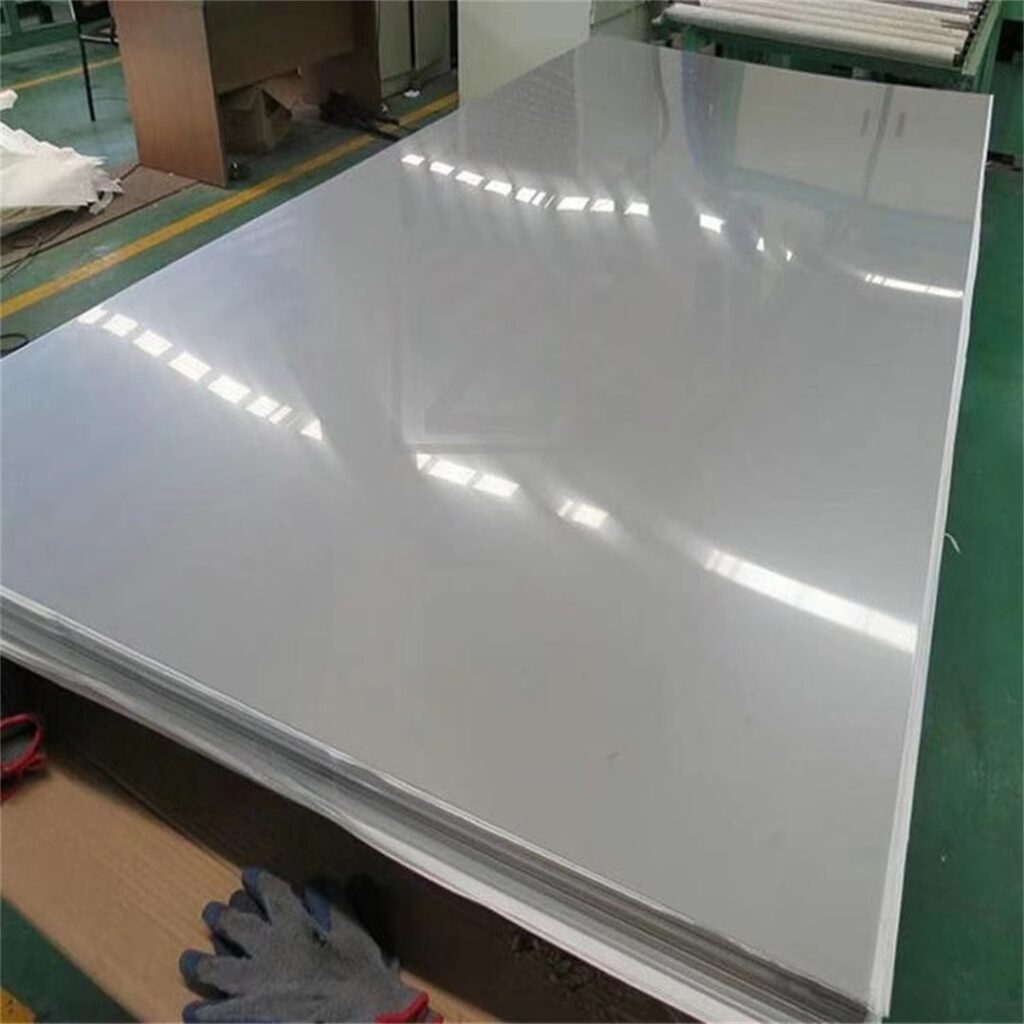Welcome to My Blog!
Before we dive into the content, I’d love for you to join me on my social media platforms where I share more insights, engage with the community, and post updates. Here’s how you can connect with me:
Facebook:https://www.facebook.com/profile.php?id=100090063158454
Now, let’s get started on our journey together. I hope you find the content here insightful, engaging, and valuable.

Introduction
409 stainless steel is a ferritic stainless steel that is widely used in various industries due to its unique combination of properties. It is known for its excellent corrosion resistance, high-temperature stability, and weldability. In this blog, we will delve into the key properties of 409 stainless steel, explore its applications, and answer some frequently asked questions.
What is 409 Stainless Steel?
409 stainless steel is primarily composed of chromium, with a lower nickel content compared to other stainless steel grades. This composition contributes to its unique characteristics, making it suitable for specific applications, particularly in the automotive and industrial sectors.
Key Properties of 409 Stainless Steel
| Property | Description |
|---|---|
| Corrosion Resistance | Good resistance to oxidation and corrosion, especially in mildly corrosive environments. |
| Heat Resistance | Maintains strength and stability at high temperatures, making it suitable for exhaust systems. |
| Weldability | Can be easily welded without losing its mechanical properties. |
| Formability | Exhibits good ductility, allowing it to be shaped and formed easily. |
| Cost-Effectiveness | Generally more affordable than other stainless steel grades due to lower alloy content. |
| Magnetic Properties | Ferromagnetic in nature, which can be advantageous in certain applications. |
| Availability | Widely available in various forms such as sheets, plates, and coils. |
Composition of 409 Stainless Steel
The chemical composition of 409 stainless steel plays a crucial role in determining its properties. The primary elements include:
- Chromium (Cr): Typically 10.5% to 12.5%, providing corrosion resistance.
- Carbon (C): Limited to 0.08% max, influencing hardness and strength.
- Manganese (Mn): 0.5% to 1.5%, enhancing strength and ductility.
- Silicon (Si): 1.0% max, improving oxidation resistance.
- Nickel (Ni): Usually less than 0.5%, reducing overall cost.
Applications of 409 Stainless Steel
409 stainless steel is commonly used in several applications due to its properties:
- Automotive Exhaust Systems: Its heat resistance and corrosion resistance make it ideal for exhaust components.
- Heat Exchangers: Used in various heat exchange systems due to its thermal stability.
- Industrial Equipment: Employed in machinery and equipment that require moderate corrosion resistance.
- Architectural Applications: Utilized in certain structural applications and decorative elements.
- Marine Applications: Suitable for marine environments where moderate corrosion resistance is required.
Advantages of Using 409 Stainless Steel
Choosing 409 stainless steel for your projects comes with several advantages:
- Cost-Effective: Lower alloy content makes it a more affordable option compared to higher-grade stainless steels.
- Ease of Fabrication: Its excellent weldability and formability allow for easier manufacturing processes.
- Versatile Applications: Suitable for a wide range of applications across various industries.
Maintenance and Care for 409 Stainless Steel
To maintain the longevity of 409 stainless steel products, proper care is essential:
- Regular Cleaning: Use mild detergents and water to clean surfaces, preventing the buildup of contaminants.
- Avoid Harsh Chemicals: Refrain from using chlorides or other harsh cleaning agents that may damage the surface.
- Inspection: Regularly inspect for signs of corrosion or wear, especially in high-stress applications.
Conclusion
409 stainless steel offers a remarkable balance of properties that make it an excellent choice for various applications. Its corrosion resistance, heat resistance, and affordability position it as a preferred material in industries such as automotive and manufacturing. By understanding the key properties and advantages of 409 stainless steel, businesses can make informed decisions that enhance their product quality and performance.

FAQ
What is the difference between 409 and 304 stainless steel?
409 stainless steel is ferritic and has lower nickel content, making it less expensive, while 304 stainless steel is austenitic with better corrosion resistance and higher nickel content.
Is 409 stainless steel magnetic?
Yes, 409 stainless steel is ferromagnetic due to its ferritic structure.
Can 409 stainless steel be welded?
Yes, it can be easily welded using various techniques without compromising its mechanical properties.
What are the common uses of 409 stainless steel?
Common uses include automotive exhaust systems, heat exchangers, and industrial equipment.
How do I clean 409 stainless steel?
Use mild detergents and water for regular cleaning, and avoid harsh chemicals that could damage the surface.
Is 409 stainless steel suitable for marine applications?
Yes, it can be used in marine environments where moderate corrosion resistance is required.
What are the benefits of using 409 stainless steel in automotive applications?
Its heat resistance, corrosion resistance, and cost-effectiveness make it an ideal choice for exhaust systems in vehicles.
By understanding the unique properties and applications of 409 stainless steel, businesses and consumers can leverage its advantages for their specific needs.
